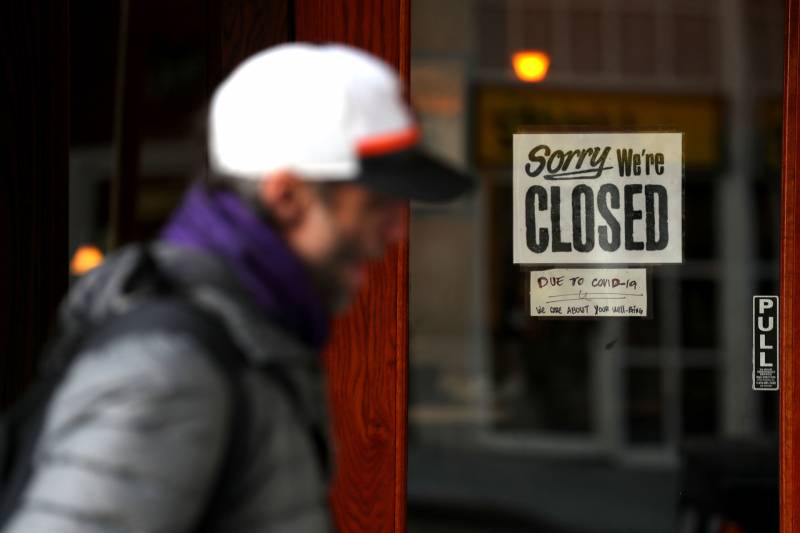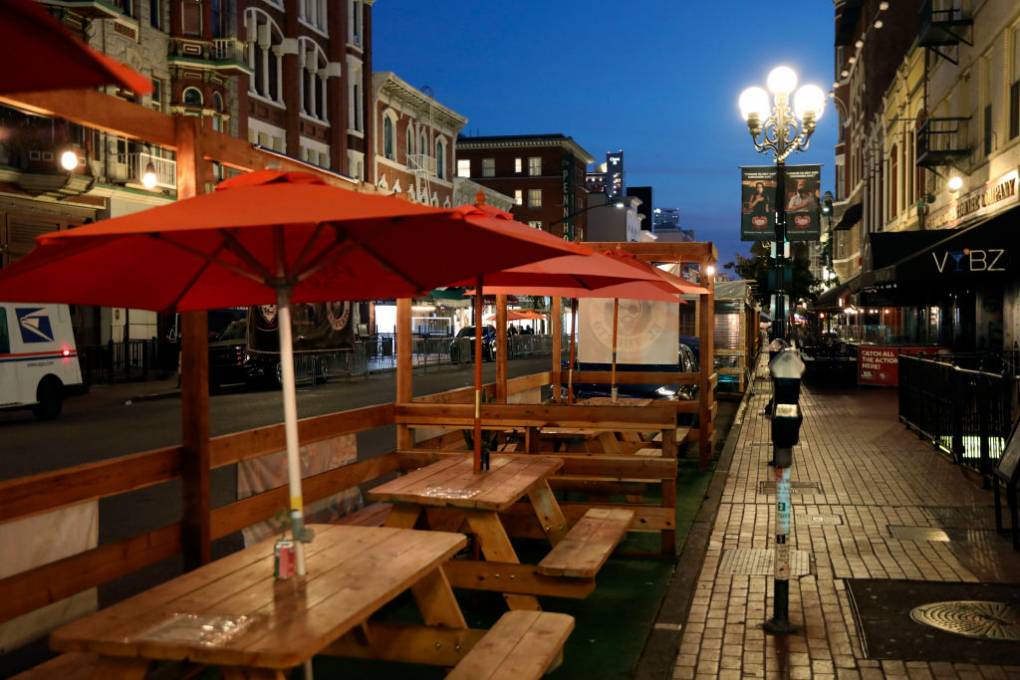The city averaged 118 new cases per day over the last week — or nearly 13 daily cases per 100,000 people. That's up from an average of 73 new daily cases at the beginning of the month — a more than 60% increase, Colfax said.
He noted that 54 people in the city were currently hospitalized with the virus, a relatively low number compared to many other jurisdictions in the state, but still twice what it was at the end of October. Since the onset of the pandemic, 14,600 people in San Francisco have been infected with the virus, resulting in 158 deaths, he said.
"We cannot let the virus get so far ahead of us or we will never catch up," Colfax said. "Right now, we still have enough room in our hospitals to care for patients with COVID-19. But, as we have seen across the nation, in the state, and as we saw in our earlier surges, this can change very quickly."
San Francisco, along with two other Bay Area counties, is currently in the second-most-restrictive red tier. If moved by the state into the purple tier, representing the most widespread risk, it would join 45 other counties — including four just added on Tuesday — comprising more than 94% of the state's population.
Similar to the rest of the country, California is experiencing a surge of cases that threaten to overwhelm hospitals, with daily statewide case numbers setting records on several days recently and hospitalizations up by more than 80% in the last two weeks.
"Statewide, I don’t believe we’ve ever seen as many hospital admissions increase like we did just in the past 24 hours" Dr. Mark Ghaly, the state’s health secretary, said on Tuesday. "I hope, but don’t expect, that it will be the highest that we’ve ever had."
Public health officials are also bracing for a new wave of cases stemming from large Thanksgiving gatherings.
"The fact that we’re in red should give nobody reasons for not taking precautions, particularly around the holiday," said Colfax, who late last week said he expected the city to have already been moved into the purple tier by now.
"We’re hopeful we can crush this third curve, but we do expect nevertheless to be in purple relatively soon."



